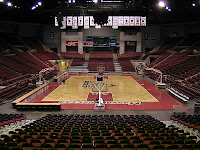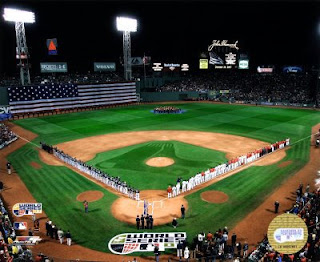
Q: Dear 100HB,
Why do we call an unidentified dead guy "John Doe" (or of course there's Jane Doe). I assume John/Jane are just common names, but where on earth did the "Doe" part come from???
Regards,
CSI Fan
A: Dear CSI Connoisseur,
If I were your husband I would begin to worry about being a CSI fan. Especially if you're taking notes while watching. I wouldn't want to be unidentifiable later.
But your question is an interesting one, considering the history of this term comes from one region where it isn't used any more, and is popular in another. In America John Doe is used for an unidentified person, generally a dead one because a live one could usually tell you who they are. Unless they are really old and forget, or a boxer. But John Doe can also be used in court cases where the defendant (usually) isn't know or named.
Of course we have expanded this usage to include a variety of sexes and relations: Jane Doe, and for siblings, James, Judy, etc., and children - Baby Doe. Although Precious Doe has been used for a child also (at least in one case in KC). So where do they come from?
The 100HB first turned to the local University morgue for an answer. We figured that those workers who dealt with and studied unidentified bodies may know the term's history. So please imagine the the 100HB journeying to the deep, dark dungeon of the hospital, echoing steps along the tiled, serpentine hallways. The lights flicker, a chilled wind passes and we enter through double steel doors in to the morgue. Walls of brushed, mirrored boxes each with its own occupant. Sheets lay over subtle forms, punctuated by the pungent smell of chemicals and death. Our mortician hovers over the latest customer, saw in one hand, and a roast beef sandwich in the other. Ok, not really. But you get the idea.
The morgue's take on our term's origins? John Doe was used in English law as a legal term for a familiar case study.
But is it true? Yes!
John Doe was invented in England, is now used in America (and Canada somewhat) and no longer in England. In the reign of King Edward III (mid 14th Century) John Doe and Richard Roe were two names used to describe a generic property case where the landlord Doe leases and then ejects Roe. The names do not mean anything (although Doe is a female deer and Roe is a small English deer), but they stuck. Both terms are now used in American law, and by extension to 'identify' unknown bodies. In fact the Roe in Roe v Wade is such a fictitious name.
So what do they use in England? John Smith or Joe Bloggs. However according to Dickson in What's in a Name, John Doe and Richard Roe are required in legal proceedings for the 1st and 2nd names (followed by John Stiles and Richard Miles.
And in other countries? A lot use some type of NN: nomen nescio, Latin for I don't know the name. But Fulan(o) is also common (Brazil, Middle East, etc.) and in France it is Jean Dupont.
But John Doe is also the name of the creepy serial killer in Seven, who kills according to the seven deadly sins (lust, gluttany, greed, sloth, wrath, envy and pride). He finishes the movie in one of the twisted endings in movie history. Much scarier than just an unknown body.
100HB






